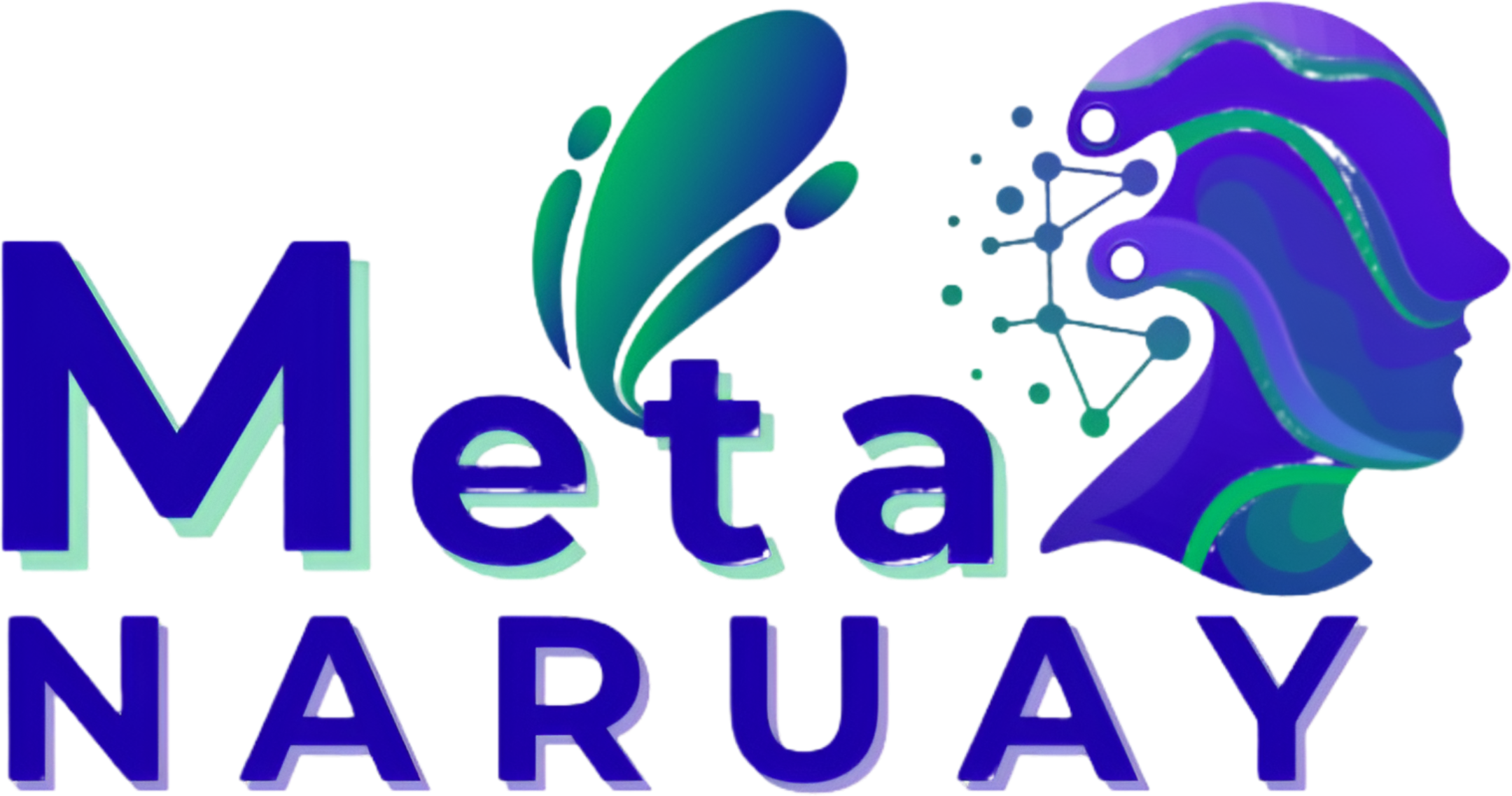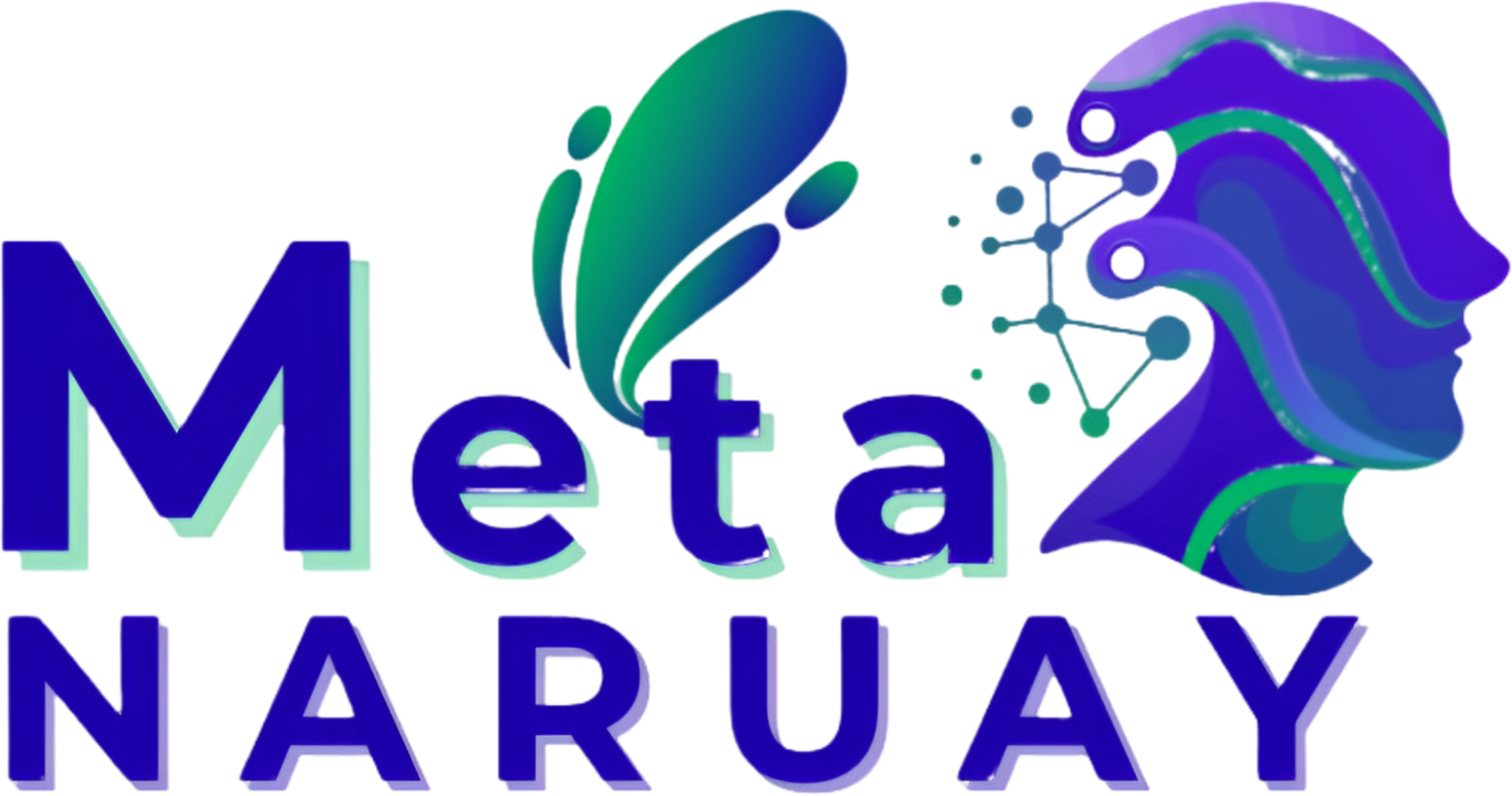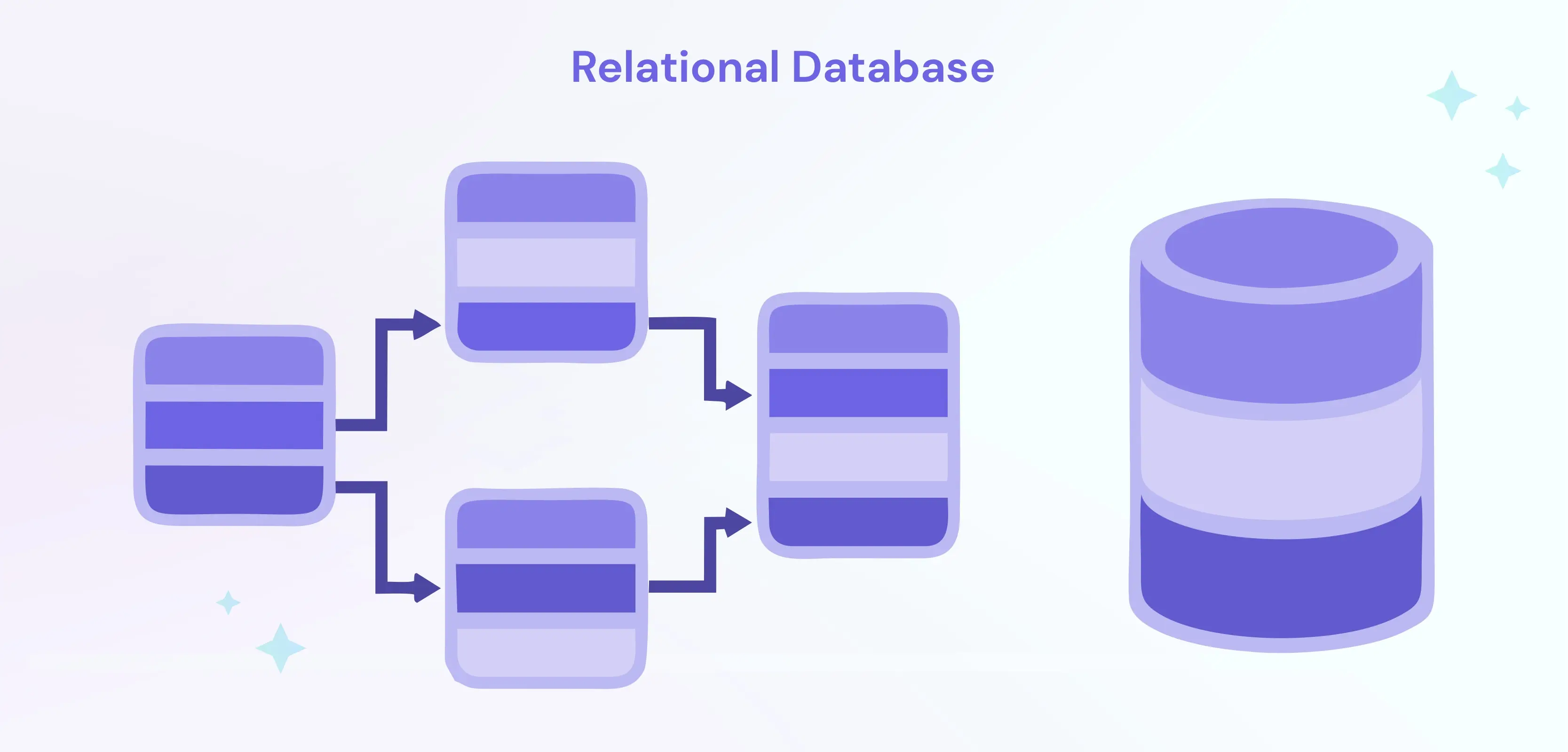Several powerful and transformative Relational Database Market Market Trends are currently redefining the industry, with the most dominant being the inexorable shift towards cloud-native architectures. This trend goes beyond simply running a traditional database on a cloud server. It involves the ground-up re-engineering of the RDBMS to take full advantage of the cloud's inherent elasticity, scalability, and resilience. Cloud-native relational databases, such as Amazon Aurora, Google Cloud Spanner, and Microsoft Azure SQL Database, are designed with a decoupled storage and compute architecture. This allows them to scale storage and processing power independently and almost instantaneously in response to demand, a feat that is extremely difficult to achieve with monolithic, on-premises databases. This trend is fundamentally changing user expectations, with businesses now demanding the on-demand scalability and pay-as-you-go pricing of the cloud for their most critical relational workloads.
Another pivotal trend is the rise of the "autonomous database." Driven by the integration of artificial intelligence (AI) and machine learning (ML), this trend aims to eliminate the complex, time-consuming, and error-prone manual tasks traditionally associated with database administration. Autonomous databases can automatically provision, secure, patch, tune, and back up themselves without human intervention. For instance, they can use ML algorithms to analyze workloads and automatically optimize query performance, or proactively detect security threats and apply necessary patches. This not only dramatically reduces operational costs and frees up skilled DBAs to focus on more strategic tasks like data modeling and architecture, but it also significantly improves the reliability, security, and performance of the database, making it a highly compelling value proposition for businesses of all sizes.
A third major trend is the increasing convergence of transactional and analytical workloads, often referred to as Hybrid Transactional/Analytical Processing (HTAP). Historically, organizations maintained separate databases for their operational applications (OLTP) and their data analytics (OLAP), requiring complex and often slow ETL processes to move data between them. The current trend is towards single database systems that can efficiently handle both types of workloads in real-time. This is enabling businesses to perform complex analytical queries directly on their live transactional data, unlocking immediate insights without data latency. This trend is blurring the lines between traditional RDBMS and data warehouses, pushing vendors to innovate with features like in-memory processing, columnar storage options, and advanced query optimizers to deliver this powerful hybrid capability.





